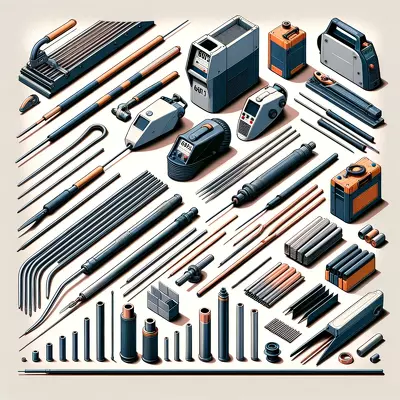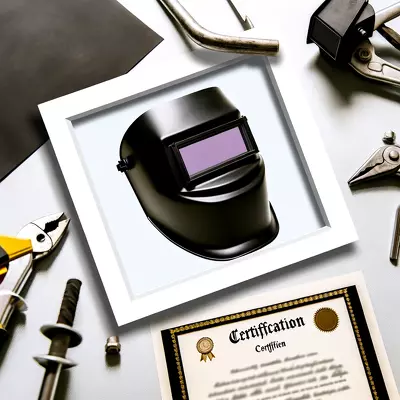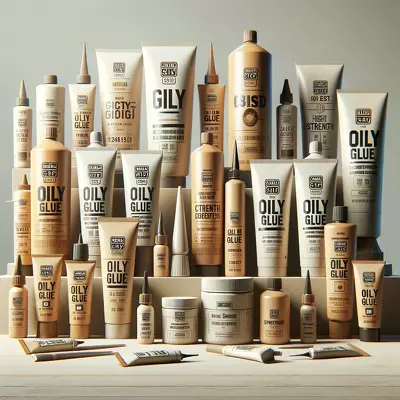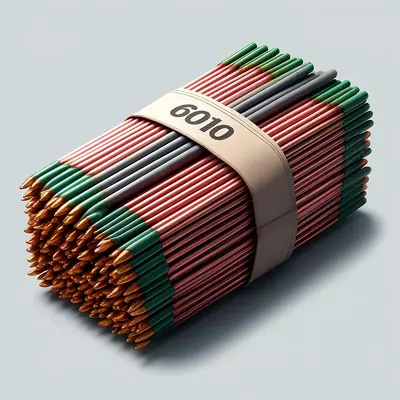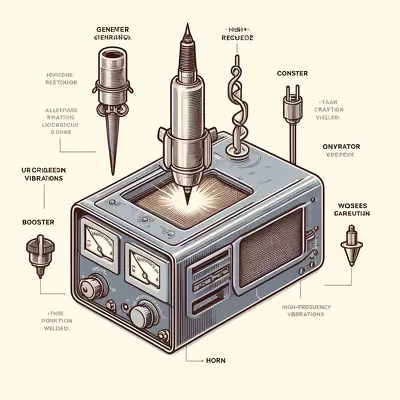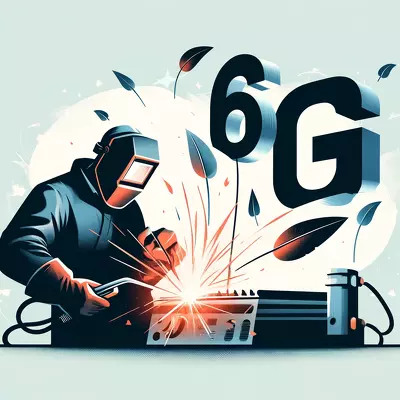Discover the Art of Welding: A Comprehensive Guide to Starting Welding as a Hobby
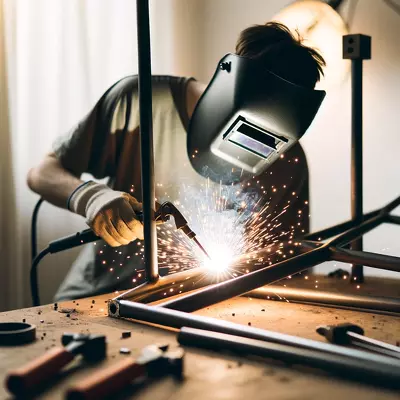
Learning welding as a hobby can be both fun and rewarding. Whether you’re interested in creating art, fixing things, or building projects, welding opens up many possibilities. You don’t need to be an expert to start; with the right guidance and tools, anyone can learn the basics. This guide will help you understand the essential steps to begin your welding journey, from choosing equipment to practicing safely.
I. Introduction to Welding as a Hobby
A. Benefits of Learning Welding
Welding as a hobby offers numerous benefits. It enables you to create and repair metal objects, saving money on repairs and fostering creativity. Additionally, welding skills can lead to fulfilling DIY projects, from making furniture to crafting art. The sense of accomplishment and the ability to produce tangible results make welding a rewarding and practical hobby.
B. Overview of Welding Types
There are several types of welding, each suited to different materials and applications. MIG (Metal Inert Gas) welding is ideal for beginners due to its ease of use and versatility. TIG (Tungsten Inert Gas) welding provides precision and is perfect for detailed work on thinner materials. Stick welding, or Shielded Metal Arc Welding (SMAW), is great for outdoor and heavy-duty tasks. Understanding these types helps you choose the right method for your projects.
C. Basic Welding Terminology
Familiarizing yourself with basic welding terms is essential. “Arc” refers to the electrical discharge between the welding rod and the metal. “Flux” is a substance used to prevent oxidation during the welding process. “Bead” describes the weld seam created by the welding process. Knowing these terms helps in understanding instructions and techniques more effectively.
II. Getting Started with Welding
A. Choosing the Right Welding Method
Selecting the appropriate welding method depends on your projects and skill level. Beginners often start with MIG welding due to its simplicity. It’s important to consider the types of metals you’ll be working with and the thickness of the materials. Researching each method’s advantages and limitations will guide you in making an informed decision.
B. Essential Tools and Equipment
Starting welding requires basic tools and equipment. A welding machine suited to your chosen method is a must. Other essential tools include welding clamps, wire brushes, and chipping hammers. Safety gear like helmets, gloves, and protective clothing are crucial to protect against sparks and UV radiation. Investing in quality equipment ensures a smoother learning experience.
C. Safety Precautions and Gear
Safety is paramount in welding. Always wear a welding helmet with a proper shade to protect your eyes from the intense light. Gloves and flame-resistant clothing shield your skin from burns and sparks. Ensure proper ventilation in your workspace to avoid inhaling harmful fumes. Following safety guidelines minimizes the risk of accidents and injuries.
III. Learning the Basics of Welding
A. Understanding the Welding Process
The welding process involves joining two pieces of metal by melting them together using an electric arc. The heat generated by the arc melts the metal, which then cools and fuses the parts. Mastering this process requires practice and patience. Beginners should start with simple joints to build confidence and skill.
B. Setting Up Your Workspace
A well-organized workspace is crucial for effective welding. Ensure you have a sturdy workbench and adequate lighting. Keep your tools within easy reach and maintain a clutter-free environment. Proper ventilation is necessary to disperse fumes. A clean, organized workspace enhances efficiency and safety.
C. Practicing Basic Techniques
Begin by practicing basic welding techniques such as running a bead and making simple joints. Focus on maintaining a consistent arc length and speed. Experiment with different angles and positions to understand how they affect the weld quality. Regular practice helps develop muscle memory and improve overall technique.
IV. Developing Your Welding Skills
A. Tackling Simple Projects
Once you are comfortable with basic techniques, start with simple projects like making a metal frame or repairing household items. These projects help you apply your skills practically and gain hands-on experience. Completing small projects boosts confidence and prepares you for more complex tasks.
B. Improving Precision and Control
As you progress, focus on improving precision and control. Practice welding straight lines and consistent beads. Experiment with different settings on your welding machine to understand their impact. Learning to control the heat and speed will result in cleaner and stronger welds.
C. Common Mistakes and How to Avoid Them
New welders often make common mistakes, such as incorrect arc length or poor penetration. To avoid these, always maintain the right distance between the rod and the metal. Ensure proper joint preparation and cleanliness to prevent weak welds. Learning from mistakes and seeking feedback helps in continuous improvement.
V. Advanced Welding Techniques
A. Exploring Different Materials
Advanced welders can explore welding different materials such as aluminum, stainless steel, and cast iron. Each material requires specific techniques and settings. Understanding the properties of these materials and how they react to heat helps in achieving high-quality welds.
B. Mastering Complex Joints
Complex joints like T-joints, corner joints, and butt joints require advanced skills. Practice these joints to enhance your ability to weld at various angles and positions. Mastery of complex joints opens up possibilities for intricate and robust projects.
C. Artistic Welding and Creative Projects
Welding isn’t just functional; it can also be artistic. Explore creative projects like metal sculptures and garden art. Artistic welding allows you to express creativity and create unique pieces. Experimenting with different styles and techniques adds a new dimension to your hobby.
VI. From Passion to Profession: Exploring Career Opportunities in Welding
Welding as a hobby can be a stepping stone to a fulfilling career. Many hobbyists find that their passion for welding opens doors to professional opportunities. Here’s how you can transition from welding for fun to making it a profession.
A. Opportunities in the Welding Industry
The welding industry offers a variety of career paths. Skilled welders are in demand across multiple sectors, including construction, manufacturing, automotive, and aerospace. With a foundation in hobby welding, you can explore roles such as a welding technician, fabricator, or welding inspector. The versatility of welding skills ensures numerous opportunities for career growth and specialization.
B. Required Training and Certifications
While hobby welding provides a great start, advancing to a professional level typically requires formal training and certifications. Enrolling in a vocational school or community college program can provide the necessary education. Certifications from recognized bodies like the American Welding Society (AWS) validate your skills and enhance your job prospects. Continuous learning and upgrading your qualifications are key to staying competitive in the industry.
C. Career Advancement and Specialization
Professional welders can specialize in areas such as underwater welding, robotic welding, or pipeline welding, each offering unique challenges and higher earning potential. Specializing in a niche area not only differentiates you from other welders but also opens doors to advanced positions and leadership roles. Career advancement often involves gaining experience, additional certifications, and networking within the industry.
D. Benefits of a Welding Career
Pursuing welding as a profession offers numerous benefits, including job stability, competitive salaries, and opportunities for creativity. Welders often enjoy the satisfaction of building and repairing essential structures and products. The skills developed through welding are transferable and highly valued, making it a resilient career choice even in fluctuating economic conditions.
VII. Resources for Hobby Welders
A. Online Tutorials and Courses
Numerous online resources offer tutorials and courses for hobby welders. Websites like YouTube, Udemy, and Coursera provide instructional videos and step-by-step guides. These resources are invaluable for learning at your own pace and expanding your knowledge.
B. Local Welding Classes and Workshops
Local community colleges and trade schools often offer welding classes and workshops. These provide hands-on experience and instruction from experienced welders. Joining a class allows for personalized guidance and the opportunity to practice in a supervised environment.
C. Books and Magazines
Books and magazines on welding are excellent resources for in-depth learning. They cover a wide range of topics, from basic techniques to advanced projects. Reading materials such as “Welding for Dummies” and “The Welding Handbook” provide valuable insights and tips for hobby welders.
VIII. Troubleshooting and Maintenance
A. Common Welding Issues and Fixes
Welders often encounter issues like porosity, cracking, and weak welds. Identifying the cause of these problems is crucial for effective troubleshooting. Ensuring proper technique, clean materials, and correct machine settings can resolve many common issues. Regular practice and experimentation help in mastering these solutions.
B. Maintaining Your Welding Equipment
Proper maintenance of welding equipment ensures longevity and performance. Regularly clean and inspect your welding machine, cables, and tools. Replace worn-out parts and keep the equipment in good working condition. Following the manufacturer’s maintenance guidelines enhances safety and efficiency.
C. Keeping Your Workspace Organized
An organized workspace contributes to efficient and safe welding. Regularly clean your work area and arrange tools for easy access. Proper storage of materials and equipment prevents clutter and hazards. An organized environment fosters productivity and reduces the risk of accidents.
IX. FAQs
Q: What is the best welding method for beginners?
A: MIG welding is often recommended for beginners due to its ease of use and versatility.
Q: How can I practice welding safely at home?
A: To practice welding safely at home, ensure proper ventilation, wear protective gear, and follow safety guidelines.
Q: What materials can I weld as a hobby?
A: Common materials for hobby welding include steel, stainless steel, and aluminum.
Q: Do I need a special power source for welding?
A: Most home welding machines can run on standard household electricity, but some may require a higher voltage.
Q: How do I prevent my welds from cracking?
A: Proper joint preparation, correct settings, and maintaining a steady arc can help prevent weld cracking.
Q: Can I learn welding without taking formal classes?
A: Yes, many online tutorials and books can help you learn welding without formal classes.
Q: What is the most important safety gear for welding?
A: A welding helmet, gloves, and flame-resistant clothing are the most important safety gear for welding.
X. Conclusion
A. Recap of Key Points
Welding as a hobby offers numerous benefits, from practical repairs to creative projects. Understanding the types of welding, choosing the right method, and practicing basic techniques are essential steps in your learning journey. With the right tools, safety precautions, and continuous practice, anyone can become proficient in welding.
B. Encouragement for New Welders
Starting as a new welder can be challenging, but the rewards are worth the effort. Don’t be discouraged by initial difficulties. Each project completed and each skill mastered brings a sense of accomplishment. Keep learning, practicing, and experimenting to improve your welding abilities.
C. Next Steps in Your Welding Journey
As you gain confidence, tackle more complex projects and explore advanced techniques. Consider joining local classes or workshops for hands-on experience and guidance. Continue to expand your knowledge through books, online resources, and community engagement. Welding as a hobby offers endless opportunities for growth and creativity.
XI. Suggested Readings
For those looking to deepen their understanding and skills in welding, here are some recommended books:
- “Welding for Dummies” by Steven Robert Farnsworth – A comprehensive guide for beginners, covering essential techniques and safety tips.
- “The Welding Handbook” by Richard Finch – An in-depth resource on various welding methods and materials, perfect for hobbyists.
- “Practical Welding Projects” by Andrew Pearce – A collection of projects to help you apply your welding skills in creative ways.
- “The Art of Welding” by William L. Galvery – Focuses on the artistic side of welding, with tips on creating metal sculptures and decorative pieces.
- “Welder’s Handbook” by Richard Finch – A practical manual for both novice and experienced welders, with detailed instructions and troubleshooting tips.
These books provide valuable information and inspiration for your welding journey. Reading and applying the knowledge from these resources will help you become a more skilled and confident welder. Happy welding!

